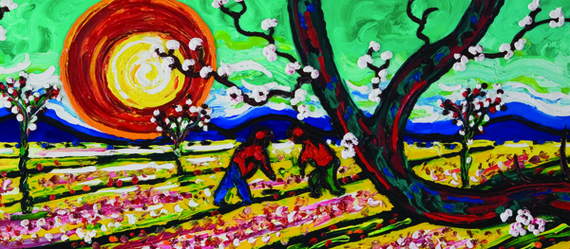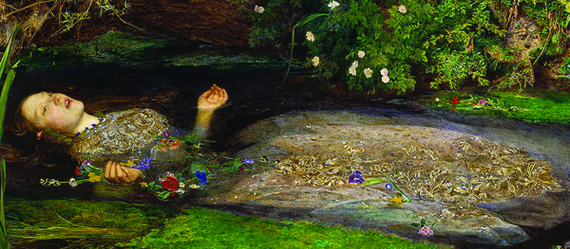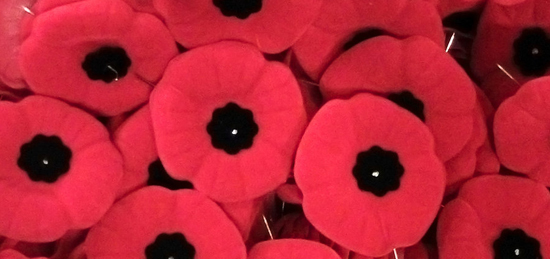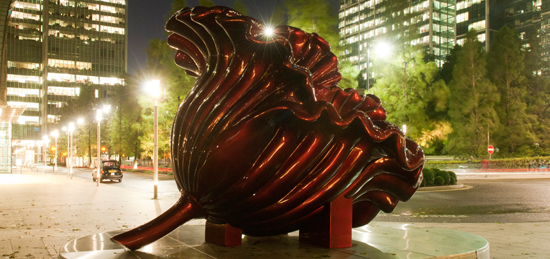International painter and sculptor Ana Tzarev presents a collection of posts delving into the cultural, social, and historical weight of flowers, the signature subject of her body of work.
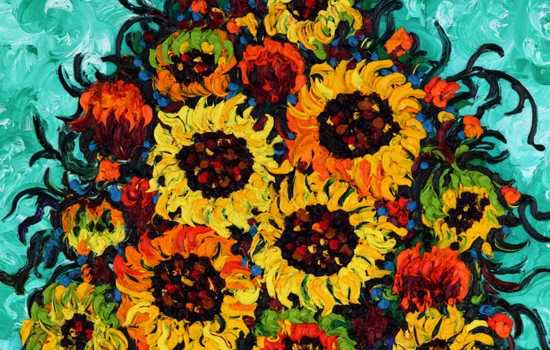 |
| Detail from Ana Tzarev's Vincent's Smiling Sunflowers. |
Among the world's countless varieties of blooms, it is difficult to find a plant so radiant as the sunflower. From firm, tall stems, they raise their faces to the light and reflect warmth in their golden petals. So devoted is the sunflower to its source of life and energy that developing buds will even follow its movement across the sky, an adaptation known as heliotropism. This remarkable phenomenon led the French to name the flower tournesol - "turn with the sun."
The special connection between the sun and this flower has granted the plant a special place in the histories of several cultures. The Aztec, Inca, and Otomi people revered sunflowers: viewing them as earthly symbols of the sun god, it was a common practice to decorate temples with their likeness in gold. Sunflowers were significant in a wide array of traditions among indigenous peoples of the Americas, from using their vivid petals for dye and decoration in religious ceremonies to observing bloom cycles for the creation of hunting calendars.
 |
| A field of sunflowers grows beside a nuclear power plant. |
The practical uses of the flower may even outshine their magnificent appearance! The strength of sunflower stems provided the native people of North, Meso-, and South America with ample material for the production of durable fibers. Their edible seeds and oil are consumed worldwide. Fascinatingly, they also are renowned for their purifying powers in the harshest conditions: the flowers were planted in the aftermath of the Chernobyl and Fukushima disasters to help contain nuclear contamination.
The diverse uses of the sunflower throughout history can be felt in its symbolic meaning. Floriography, the practice of sending secret messages through floral arrangement most popular in the Victorian era, ascribes a number of meanings to this flower; its robust stature represents admiration and haughtiness, deserved pride and false riches. But their steadfast blooms, universal in appeal, have come to represent loyalty, adoration, and cheer.
 |
| Detail from one of Van Gogh's numerous sunflower studies. |
The eye cannot resist the celebratory blooms of the sunflower - as such, the art world has paid tribute to their beauty time and time again. In his most famous self-portrait, Flemish painter Anthony van Dyck depicted himself standing beside a regal sunflower in bloom. Van Gogh's numerous depictions of the expressive and arresting flowers are among his most beloved works. And when shade fills my days, I turn my face to the brightness of the sunflower, letting their unparalleled exuberance spill across my own canvases.
